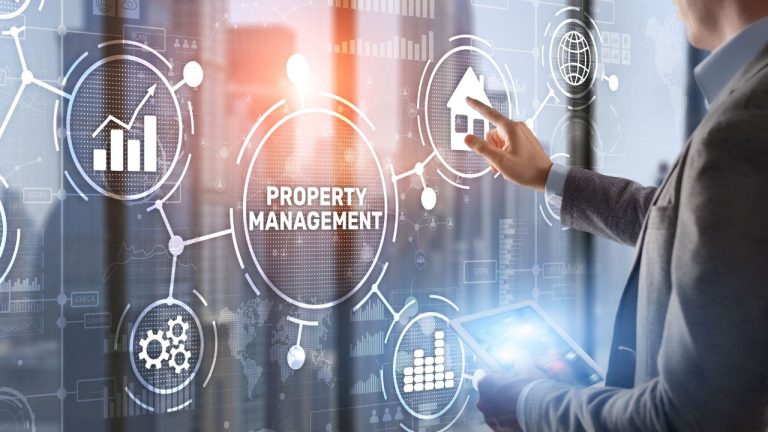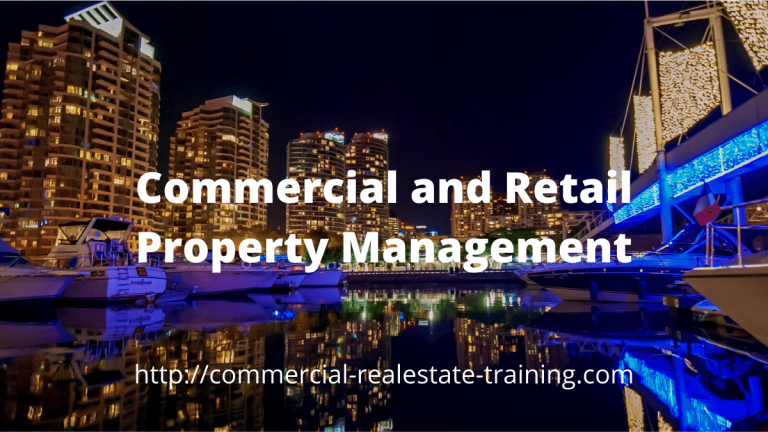Commercial Property Managers – 15 Ways to Establish New Property Controls and Systems
If you are to take on a new property under management, you really do need to assess current issues quickly. Look for the challenges in the asset and understand the landlord pressures and targets. Ask plenty of questions.
Every property is unique and different. You cannot take anything for granted. A successfully managed property is one that has been reviewed across many disciplines and categories. There are also some real differences in the management processes involved in office property versus retail property.
Establish a Property Control and Review System
Here are some of the main points of action that you can merge into your property management checking and implementation process:
- Know the property – Go to the property and look at it at various times of day and across a working week from a precinct and physical perspective. Some maintenance issues and problems will stand out quite readily; others will only appear under time and use constraints. At different times of day there could be special pressures happening in the location such as customer access, traffic, tenant access, security, and safety.
- Look for risks and threats – Given that you have people in the property and customers visiting constantly, you should get expert consultants to do a risk assessment of the asset taking into account the physical aspects of the property and the surrounds.
- Environmental factors – The building or the location may be impacted by environmental factors such as flooding, storm and tempest, heat, slippage, and hazardous goods. Many issues will require expert comment and further investigation. The insurers for the asset are likely to take a big interest in environmental impact factors. Also look for the challenges that a tenant will bring to a property based on the use or business activities within the property.
- Structural and Code Compliance – Can the buildings on the property create problems for the landlord and or the tenants? You may need a structural report and full code compliance check to know if all matters related to the improvements on the property and in the building are safe.
- Heritage Listed – Heritage challenges exist with some assets, building structures, and or physical locations. If that is the case for you, get a Heritage Report and impact statement done so you know how those special building or property factors should be addressed.
- Outgoings Costs and Targets – Look at the operational costs in the property and see how they compare with other similar properties locally.
- Understand landlord pressures and targets – Some landlord clients will have ‘non-negotiable’ financial and or physical management targets. Meet with the clients that you act for as soon as possible so you can understand just what pressures they have that will impact property management styles and methods.
- Review the location – Look at nearby properties for threats and problems. The property boundaries are a good place to start the assessment and investigations.
- Talk to the building maintenance contractors – The people that look after the asset from a maintenance perspective will know exactly what performance problems exist with the plant and machinery. Look at the current list of maintenance actions, upcoming works, and assess capital works programs that may require funding.
- Meet with tenants – The tenants in the property can tell you lots of things; you simply must ask the questions. The tenants know so much about property performance and can tell you where things are not working or weaknesses and concerns exist.
- Plant and equipment – Spit the plant and equipment into two separate groups. Firstly you should identify the essential equipment that directly impacts daily occupancy. Secondly you can identify and review non-essential and discretionary property plant. Look for the maintenance contracts within each group. Perhaps those contracts should be reassessed. In any contract tendering process you may find savings to be made in maintenance modifications.
- Look at the financials – Check out the income and expenditure results for the property over the last few years. Understand how those numbers compare to other properties of a comparable nature.
- Check the leases – Assess the tenant mix and all supporting lease documentation. Read all leases so you can extract critical dates and events that could impact rents, occupancy, outgoings, and legalities of property use.
- Check vacancy factors – Any vacancies existing or coming up should be addressed in a lease marketing campaign. You can then set the target rents, the target tenants, and set the fundamentals in motion to find a new tenant as soon as possible.
- Do a SWOT analysis – Given all of the facts already mentioned here you can do a SWOT analysis to set some priorities and strategies in motion for the asset and for the landlord owner.
So you can see from this list that the best way to resolve any commercial or retail property management challenges is to understand the facts.
Get involved with the landlord client, the tenants, and the maintenance people across all property issues and categories. An informed and professional leasing and property manager would do just that.
You can get more commercial property management tips and ideas in our ‘Snapshot’ eCourse right here.





